Tag: CPR
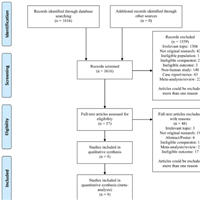
Intraosseous vs. Intravenous Vascular Access During CPR for Out-of-hospital Cardiac Arrest
The meta-analysis revealed no significant association between types of vascular access and neurological outcomes at hospital discharge among out-of-hospital Cardiac Arrest (OHCA) patients. Time to intervention was identified... read more
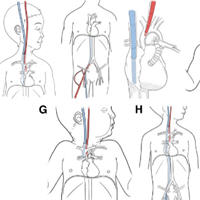
Pediatric Extracorporeal Cardiopulmonary Resuscitation ELSO Guidelines
Survival rates with good neurologic outcomes following conventional cardiopulmonary resuscitation (CPR) for cardiopulmonary arrest, either in the in-hospital (IH) or out-of-hospital settings, have improved but remain poor... read more

Supraclavicular Subclavian Vein Catheterization – The Forgotten Central Line
While the supraclavicular approach to the subclavian vein has been described since 1965, it is generally employed much less often than the "traditional" infraclavicular approach. Although randomized trials are lacking, the... read more

EROCA: Results of a Randomized Feasibility Trial of Expedited Out-of-Hospital Transport
Outcomes of extracorporeal cardiopulmonary resuscitation (ECPR) for out-of-hospital cardiac arrest depend on time to therapy initiation. We hypothesize that it would be feasible to select refractory out-of-hospital cardiac... read more
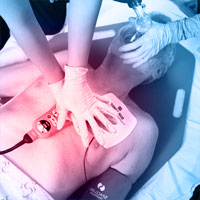
The Impact of Defibrillation on Aerosol Generation During CPR
Chest compressions alone did not cause significant aerosol generation in this swine model. However, increased aerosol generation was detected during chest compression immediately following defibrillation. Additional research... read more
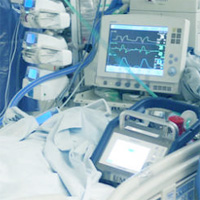
Trauma ICU Rounds – The rEVOLUTION of ECMO
What are the indications for ECMO beyond ARDS and refractory cardiogenic shock? In which patients should we consider eCPR and is this the new standard of care for patients sustaining out-of-hospital cardiac arrest? Finally,... read more
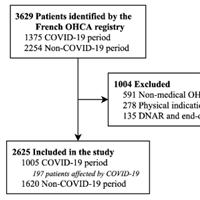
Decrease in CPR Initiation During COVID-19 Outbreak
During the COVID-19 period, we observed decreased initiation of CPR by bystanders and first aid providers for BLS, and decreased ALS by the MMT, regardless if subjects were infected with SARS-CoV-2 or not. ROSC rates... read more

Pre-hospital Care & Interfacility Transport of 385 COVID-19 Emergency Patients
All participating air ambulance providers were prepared for COVID-19. Safe care and transport of suspected or confirmed COVID-19 patients is achievable. Most patients on primary missions were transported by ground. These... read more
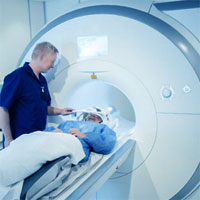
Clinical Experience of Whole-body CT as the Initial Evaluation Tool After ECPR in OHCA Patients
Routine whole-body computed tomography (CT) after extracorporeal cardiopulmonary resuscitation (ECPR) in out-of-hospital cardiac arrest (OHCA) patients appears to have a limited role, as the majority is caused by ACS. However,... read more
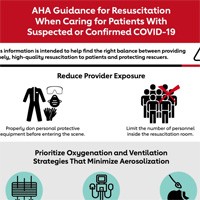
CPR Algorithm Adjustments when Caring for Suspected or Confirmed COVID Cases
When caring for confirmed COVID-19 cases, it is essential for healthcare providers to protect themselves from exposure as best they can. Healthcare providers who contract COVID-19 can increase the burden on an already... read more
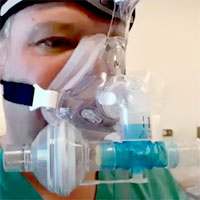
Constantly Shifting Strategies for COVID-19
We are all learning as we go, but we are seeing more than 200 COVID-19 patients every day in our emergency department in Queens, NY, and this is what we are doing to evaluate and treat patients, keep everyone safe, and boost... read more
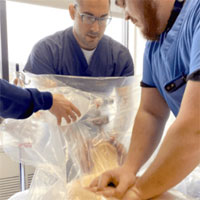
COVID-19: Protected Code Blue
The protected code blue is designed to keep your staff safe when managing a patient with COVID-19 who has a sudden cardiac arrest. You will continue to do high quality CPR, defibrillation (if indicated), give code medications,... read more

Standardized EEG Analysis to Reduce the Uncertainty of Outcome Prognostication After Cardiac Arrest
In the majority of comatose cardiac arrest (CA) patients, the outcome remains indeterminate after application of ERC/ESICM prognostication algorithm. Standardized EEG background analysis enables accurate prediction of both... read more

The Faster Cooling Rate and More Stable Cooling Process in Endovascular Cooling Shorten Patients’ Time in ICU
This study conducted a meta-analysis to assess the effectiveness, stability, and safety of mild therapeutic hypothermia (TH) induced by endovascular cooling (EC) and surface cooling (SC) and its effect on ICU, survival rate,... read more




